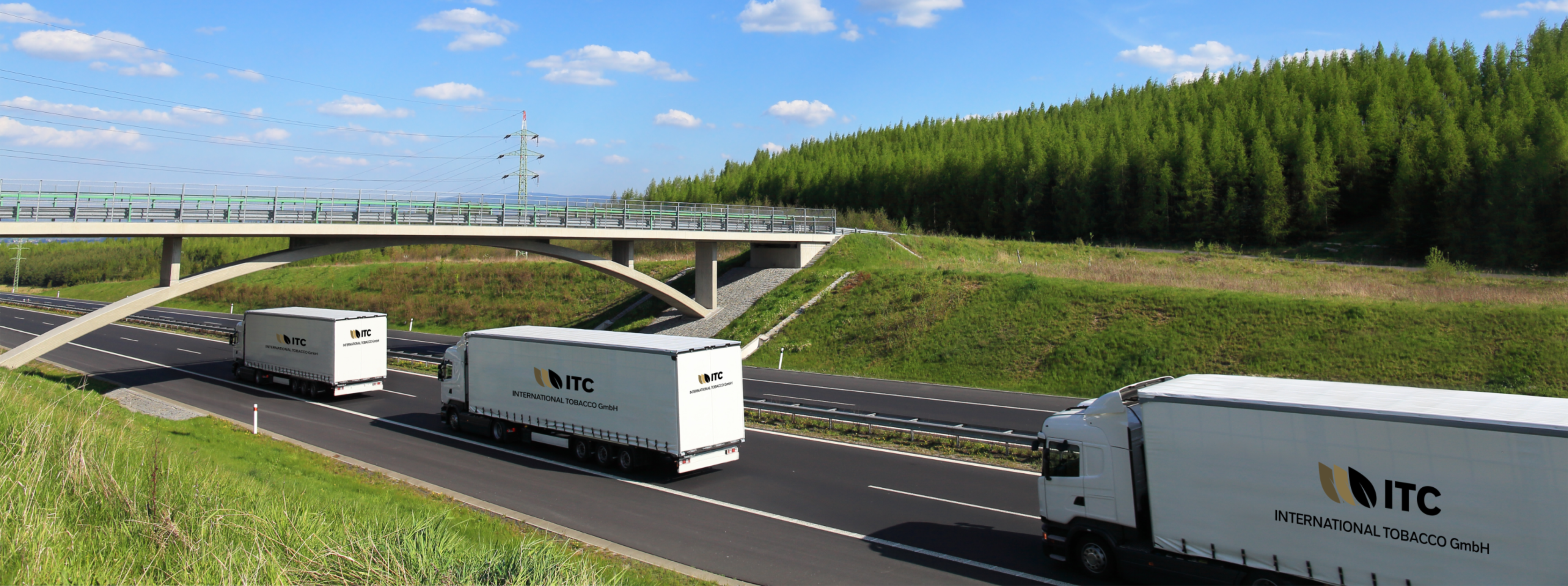Plant
Tobacco comes from warm regions so thermal requirements are high. Optimal temperature of growth and development depends of the tobacco variety. It oscillates from 18°C to 27°C. Tobacco needs much warmth and sun in the maturing and harvesting periods, that is July and August. Frost poses a serious threat to tobacco as it may damage freshly planted seedlings in the field or destroy the last crop. The nature and time of precipitation is also of paramount importance to tobacco. In the period of intensive plant growth, that is in June and July, we can observe increased rainfall. In turn, when leaves mature, rainfall is minor, which fosters rich harvest. Hail which damages leaves is an unfavorable form of precipitation. Storm and strong wings also affect tobacco leaves or may blow entire plants down. The soil requirements are diverse and depend on its variety. Light cigarette tobacco does not require any special conditions and assures better results in good rye complex soils. With regard to nutrient-rich soils, tobacco has a high yield although processing ability of such crop is low. ITC-Tobacco’s tobacco leaves are top-quality products thanks to suitable selection of crops. Due to their intended use, leaves are not subject to product processing, as opposed to cigarette tobaccos. Therefore if you choose ITC-Tobacco, you can be sure you have a top-quality product – unprocessed natural tobacco leaf.
Seedling production
A long growth period lasting from 130 to 150 days as well as considerable thermal requirements of the tobacco require the use of frames at the early stage (about 40 days). Ground with frames must be prepared beforehand, in Autumn, as it is necessary to sow seeds in frames in March.
In order to prepare frames and sow seeds, including N. tabacum varieties which develop a little slower, it is necessary to start in mid-March. A suitable density of seed sowing in this period is crucial.
Before seeds sprout, the temperature in frames must be kept at the range from 22 to 25°C, and then the temperature must be reduced to 17-20°C. At the early stage, after sprouting, seeds are very sensitive to shortage of water. Sprouted plants must be watered with warm water, yet not so generously because its surplus may lead to fungal infections. Next, when young plants have 4 leaves, they start hardening off. This requires limited watering and intensive airing. Well-maintained seedling must have 5-6 leaves, strong green color, well-developed roots. The stalk and leaves should not be brittle. When in frames, it is important that plants are sprayed with natural anti-fungal agents.
Planting tobacco and care treatments
Being planted in the field, a properly hardened-off seedling can survive minor frosts (-2°C, and some varieties even -4°C). When planting seedlings, it is necessary to make sure roots do not wrap up and are not pressed against the ground. Plants must be planted at the depth of cotyledons. It is a common practice that tobacco seedling is planted mechanically. To take care of plants in the field, it is necessary to get rid of all weeds as well as to scarify ground frequently, which tobacco is very sensitive to. To contribute to improved rooting, it is advisable to cover plants with ground. This action should be taken when lower leaves are already overgrown (about 4 weeks after planting). Throughout the growth period, field workers take care of plants by regularly monitoring seed plot leaves and taking them out of the field.
Harvesting and drying
Leaves are harvested gradually as they mature. They are ripe enough when the leaf deviates from the stem substantially, and the sharp tip turns yellow and bends downward. What is more, the surface of leaves gets sticky and undulating, while leaf stalk can be easily broken off.
A well-timed harvesting has a significant influence on the quality of the product. Harvested leaves must be folded onto special stretcher used to transport them to designated rooms. In this place leaves are threaded on strings for the purposes of drying.
In ITC-Tobacco we do our utmost to make sure leaves are always carefully checked. Thanks to this, our product is provided shortly after drying and in exactly the same form it was harvested. There is no need to have it processed afterwards.
Tobacco leaves drying methods
There are two basic methods of drying tobacco leaves, that is air and fire drying. The first method is concerned with hanging leaves in airy roofed rooms.
The fire drying method is intended for dark tobacco leaves, for instance cigar tobacco. Fire drying takes place in special drying rooms in which hot air is distributed through pipes, while leaves are suspended on demountable frames. As a rule the entire drying cycle lasts from five to seven days. The quality of the product determines whether drying process is suitable. When the leaves are dry enough, ventilators are opened. Door and windows are open at night to dampen dry tobacco leaves.
Next, after adopting the so-called air humidity, tobacco leaves are transferred and suspended in rooms devoid of pollutants, weather impact and foreign odors. Employees initiate classification of leaves into relevant tobacco classes on the basis of their color, body, mechanical damage and degree of being affected by pests. Tobacco offered by ITC-Tobacco is subject to strict requirements in the process of selection so that a top-quality product is guaranteed.
In ITC-Tobacco we make sure leaves are inspected comprehensively throughout the manufacturing process, thanks to which our products are of top-quality and stand out from other equivalents on the market. A natural leaf is sold to the final customer shortly after being dried and there is no need to process it or other similar.








